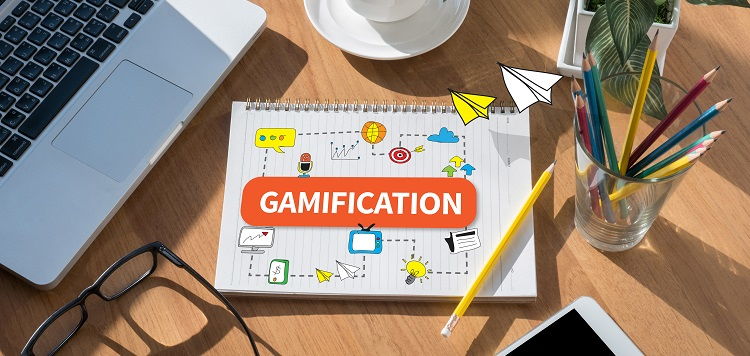When it comes to marketing, engagement plays a critical role. Even if you create the best advertisements in the world, it won’t matter if your target audience isn’t interested. Therefore, finding ways to increase engagement levels can be the key to achieving marketing success. One increasingly popular method for boosting engagement is gamification. In this article, we’ll explore how gamification can help in marketing campaigns to increase engagement levels, including different levels of gamification, potential for data gathering, and more.
Gamification is an Effective Marketing Strategy
To begin with, gamification can be defined as the integration of game elements into non-game environments. In the context of marketing campaigns, it involves incorporating game elements to make the process of interacting with a brand or its products more engaging and enjoyable. This can lead to improved engagement levels and ultimately generate greater interest in the brand and its offerings.
The Different Levels of Gamification in Marketing
The degree to which companies can incorporate gamification into their marketing campaigns may vary. For example, certain brands may choose to develop comprehensive marketing strategies that revolve around a specific gaming activity. This could involve creating mobile applications that incorporate interactive games, or hosting online contests that incentivize consumers to interact with the brand for extended periods of time.
Other companies may prefer to incorporate game-like elements into their existing advertisements or marketing campaigns. This may involve including mini-games or interactive features in video advertisements or creating engaging social media campaigns that encourage participation through quizzes and other similar activities.
The fun and social aspects of gamification
Gamification is often used to make tasks or activities more engaging by incorporating game-like elements. One of the main benefits of gamification is that it can make otherwise mundane tasks more enjoyable and entertaining. For example, a fitness app may use gamification to encourage users to exercise by rewarding them with points, unlocking achievements, or allowing them to compete with friends.
In addition to making activities more enjoyable, gamification can also promote social interaction. Multiplayer games, for instance, allow players to collaborate or compete with others, fostering a sense of community and socialization. Games can also be used as icebreakers in social situations, providing a shared activity or interest for people to bond over.
Overall, the fun and social aspects of gamification can add a new level of engagement and enjoyment to a variety of tasks and activities.
One of the most significant advantages of using gamification in marketing is that it can be enjoyable and social for the target audience. Games often incorporate elements of competition, which can be a motivating factor for potential consumers. Furthermore, gamification can help create connections between customers through shared experiences or interests, resulting in higher levels of social engagement.
Gathering Data through Gamification
Gamification in marketing offers a significant advantage of gathering much-needed data. Unlike traditional marketing campaigns that often fail to reveal much about their target audience, gamification helps companies gather valuable data points such as age, gender, location, and even behavioral data. By collecting more data, marketing professionals can create more targeted campaigns that efficiently appeal to their ideal customer.
Integrating gaming elements into loyalty programs
To maximize the benefits of gamification, companies can integrate gaming elements into their existing loyalty programs or establish new ones that incorporate gamification. By doing so, customers can earn points and rewards for engaging with the brand in a fun and exciting way. This incentivizes more loyal customer engagement and boosts engagement levels even further.
Contests and giveaways
Gamification can be a powerful marketing tool for businesses seeking to increase customer engagement and enthusiasm for their brand and offerings. One effective approach is to periodically run contests or promotions that offer product giveaways to incentivize customer activity and stimulate interest. By doing this, companies can encourage more interactions with their products, resulting in higher levels of engagement and overall interest in their brand.
In conclusion, gamification in marketing can prove to be a highly effective strategy for enhancing engagement levels in your marketing campaigns. Whether you choose to create a dedicated marketing campaign centered purely around gaming activities or simply incorporate gaming elements into your existing marketing strategies, gamification has significant potential to improve customer engagement, capture more valuable data, and cultivate more loyal customers. Employing gamification in your marketing strategy can help to achieve the ultimate goal of all marketing efforts: securing engaged and active customers who are eager to interact with your brand.

